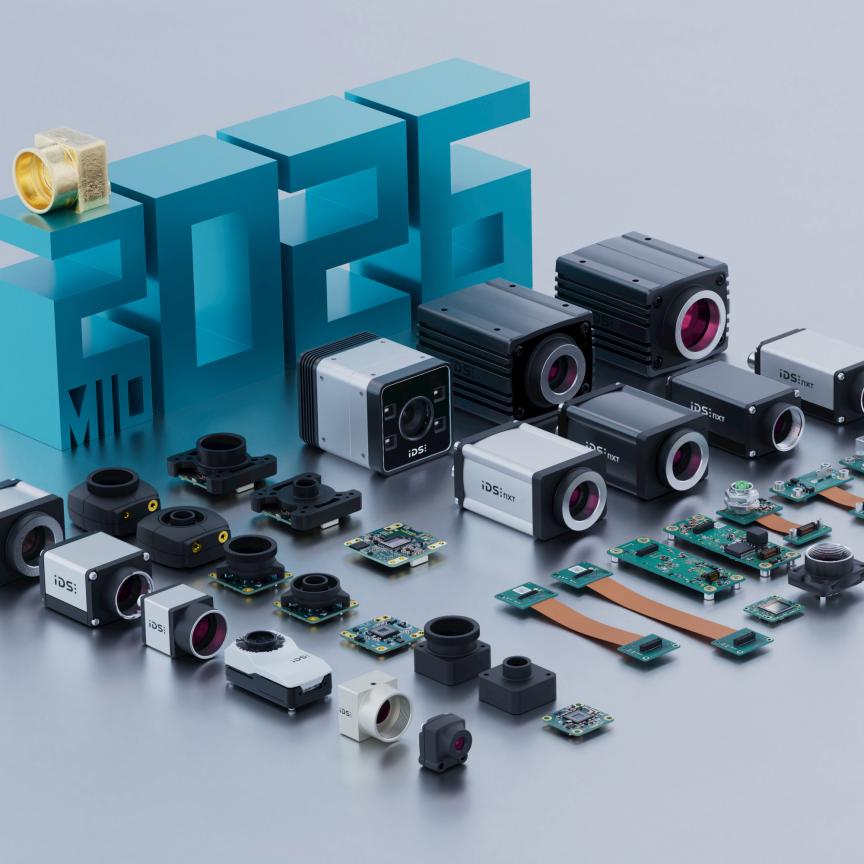How did you come to be part of the imaging/machine vision industry?
After graduating in computer science, my first job was working for the forest industry to optimise the cutting of logs into lumber using x-ray and laser scanning technologies. It was in this very unlikely domain that I began designing and implementing image acquisition and processing systems for 3D reconstruction of log geometry and defect detection (knots, splits, pith) algorithms. I had a blast writing preliminary code then creating real-time implementations with dedicated hardware that could run fast enough in a sawmill.
It occurred to me then, that the design and implementation of imaging solutions needed better software tools so I started Logical Vision and created WiT – a graphical programming environment to develop imaging solutions. This company was sold to Coreco, which I joined for four years before it was acquired by Teledyne Dalsa. I left to join LMI because I wanted to marry hardware and software in a tightly integrated way that could ‘wow’ customers into using 3D and empower factory process engineers to solve their own quality control issues.
How do you convince customers that they need machine vision?
Customers are generally faced with quality control issues that they can’t possibly solve with manual approaches and this leads to automation. Quality is about the fit and finish of a final assembly and therefore machine vision is an obvious technology to ensure the results meet expectations. At LMI, we don’t call it ‘machine vision’. Instead, we deploy our solutions as smart ‘sensors’. Factories don’t want machine vision per se, they want the benefits of vision with the simplicity of the ‘sensor experience’.
What role does Europe have in the development of machine vision?
Europe plays a key role as early adopter of new technologies for the eventual deployment in machines that drive factory automation. In fact, one of the founding companies behind LMI Technologies was Selcom from Sweden, which developed and applied PSD (position sensing device) technology to create one of the world’s first laser displacement sensors.
What do you see as the major growth sectors?
The adoption of 3D scanning and inspection solutions is constantly opening up new opportunities in a number of markets. For example, LMI partnered with 3D Systems in late 2013 to deliver a compact 3D desktop professional scanner called Capture. Capture allows engineers to scan 3D objects into Geomagic software then further develop these models to print in 3D – all on a desk! The need for high quality 3D models is rising in demand to fuel this 3D design and manufacturing workflow.
Other growth areas are in dental scanning, biometric face scanning (using 3D features of a face to control access), and in electronics – particularly cell phone and tablet inspection – to name a few.
What do you see as the most important technological challenges facing the industry?
Industry has largely accepted 2D machine vision to support the quality control needs of factories. The challenge we now face is to educate process engineers on the benefits of 3D where shape and not just contrast can make solutions simpler. When 3D smart sensors are enabled with ease of use and flexibility, they become a powerful tool to solve challenging inspection problems that would otherwise pull in systems integrators and customised development.
What do you see as being the most significant commercial change in the industry during the years ahead?
LMI is structuring its business around ‘enabling the 3D digital factory’. The process of building things starts in a rich 3D design world and leads to the production of parts that require in-process inspection and final verification. Such a factory is driven by 3D data from the design phase to the production and delivery phases.
LMI added the HDI scanner product line in 2013 from the acquisition of 3D3 Solutions to address this front-end 3D design phase where 3D scanning of real-world objects into high-resolution digital models is required. Later, the Gocator 3D smart sensor products support the in-line inspection of the production process.
We are now looking at enabling process engineers in the factory to find the right in-line solution to their quality control problems by addressing the need for lab type inspection stations.
These lab environments give the tools needed to identify features and set tolerances such that in-line solutions can be put into place. This is why LMI purchased GFMesstechnik in June 2014 in order to add their MikroCAD 3D microscope to fill this need.
Finally, the completed part needs 100 per cent verification to ensure fit and finish were truly achieved. This area is largely untapped and promises huge growth opportunities for the future. Currently, this activity takes place in a dedicated metrology room on a random sub-assembly basis.


